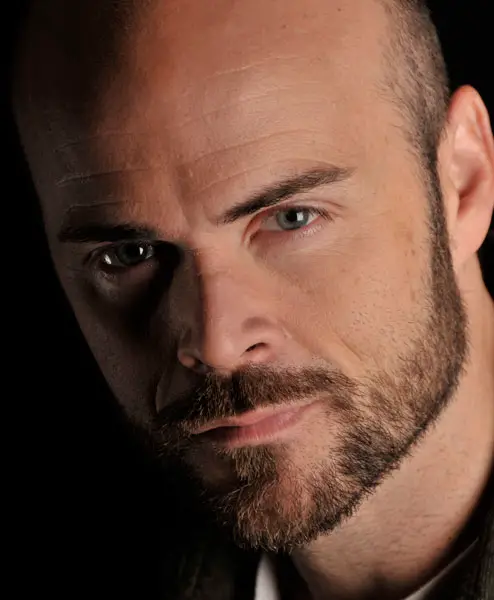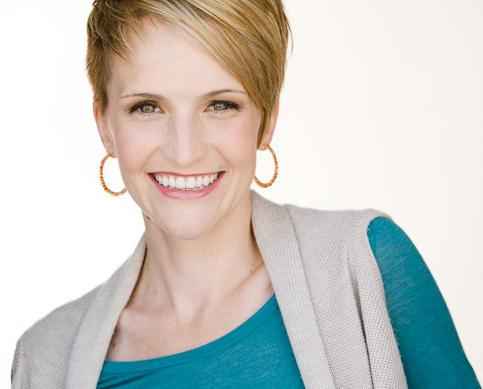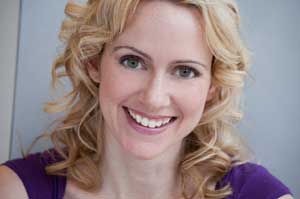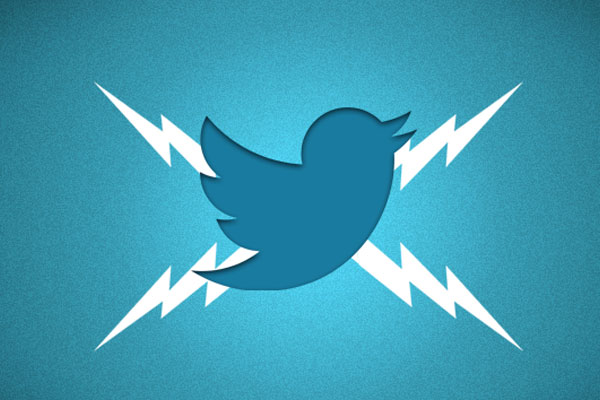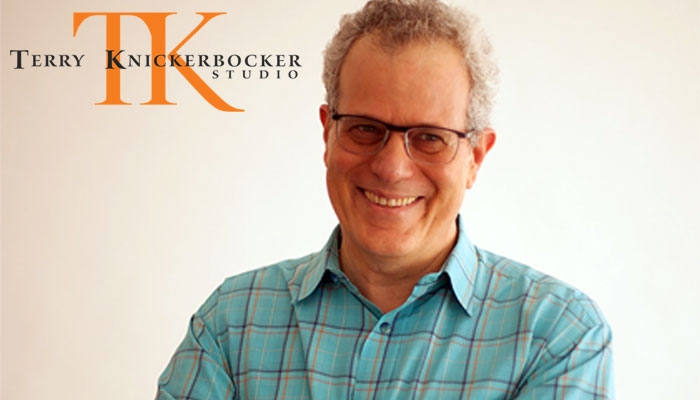
Popular culture has trained us to appreciate the “chemistry” between legendary acting pairs – that magnetic attraction that seems to occur when certain actors appear together. It’s presented as a quality that actors either have or don’t have. But as someone who has coached dozens of star actors, I can say categorically that “chemistry” doesn’t exist; what does exist is “attunement,” which is a powerful competency over which all actors have control, as long as they make it their business to cultivate and master this essential skill.
The concept of chemistry in acting is firmly established in popular American culture. Mention it to anyone, and iconic pairings from multiple decades typically spring forward. We’ve been trained to believe that those actors possessed a certain “magical” quality – something that enables two people to connect in ways that, sadly, other actors can’t.
Buzzfeed recently asked its readers, for instance, to “Tell Us Which Actors Had The Most Exquisite Onscreen Chemistry Of All Time.” ScreenRant lists the “Nine Actors With The Best Chemistry In A Movie.”
The concept is so ingrained in the film and television industries that actors who are close to being selected for starring roles are often invited to a “chemistry read” – an audition where the actors in a potential pairing read their parts together to see if “chemistry” exists between them.
But that perpetual search for the elusive chemistry is counter-productive in two key ways: It diminishes the true talent of “attunement” – a level of acting for which those legendary actors do not get sufficient credit – and it conveys a misperception to auditioning and aspiring actors: that they either have chemistry or they don’t; it’s beyond their control.
The truth is that “attunement” – being in tune with another – is what directors seek, despite calling it something else. And attunement is a proficiency that every actor can and should cultivate.
What it requires is deep listening. Not just listening closely, as one would to a soft-spoken relative. That’s essentially just data-gathering.
Deep listening involves receiving all of the information that is coming from the other person – not just the words but the body language and understanding their inner state. It’s absorbing that information with every dimension of your acting instrument: your mind, body and heart. It calls for curiosity, empathy, and a non-judgmental orientation towards the other actor.
With deep listening, actors will be drawn to each other, as each one responds to the other and feels seen and heard. The audience will in turn respond, which produces the exquisite connection that is often attributed to chemistry.
Deep listening produces a fundamental feeling of being understood. That feeling is the closest thing to love, and it’s that sense of complete understanding to which the audience responds.
Deep listening applies whether the on-screen relationship is romantic or platonic. It applies whether the scene involves love or combat. It’s the connection that matters – the understanding that is evident – not what the actors are connecting about.
The Meisner technique of acting instruction is particularly well suited to this, because it focuses from the outset on noticing the acting partner. One of its first priorities involves putting the actor’s full attention on the other person – getting out of one’s own way and avoiding self-absorption.
In a world in which acting and celebrity are often intertwined, it’s easy for actors to focus on themselves: their roles, their lines, their movements. But it’s focusing on the acting partner that produces attunement – that creates the mutual deep understanding that enlivens characters and enriches their relationships, something every director hopes for.
The power of the distinction between chemistry and attunement is that it puts the actors back in control. No longer does each simply hope for a lucky spark – “magic” – with the potential co-star. The actors create the connection. When each actor puts open and undivided attention on the other, creating that sense of complete understanding, it yields the true magic that directors and audiences want to see.
Terry Knickerbocker is founder and studio director of the Terry Knickerbocker Studio.

